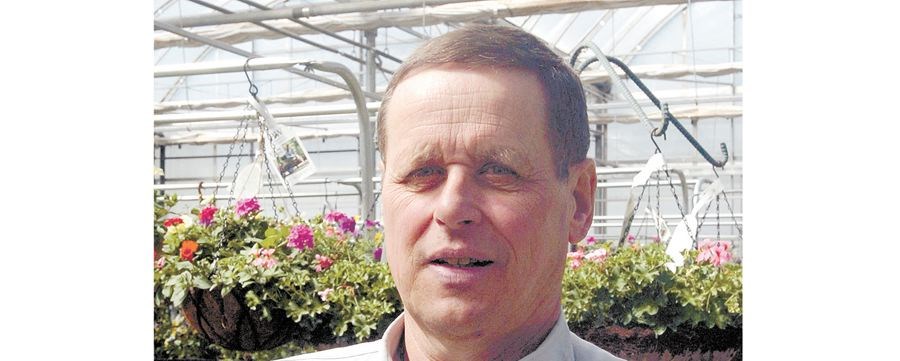This is a great start to the first few days of spring. It is certainly an early spring for the Prince George area, and I already saw the first robins.
As I walk around our yard I notice many of the early spring blooming bulbs such as scillia, crocus and snowdrops are in full bloom, while the tulips, and daffodils are well on their way. If you notice that this year's tulip and daffodil flowers are smaller than last year's, this could be a sign of overcrowding. Tulip bulbs should be dug up and divided every two to three years in late summer after they have died back naturally in August. After the bulbs are dug up, the little bulbets are separated from the main bulb and then the bulbs are dried and stored until early September when they are re-planted.
The February daphnes are blooming, and many of the deciduous trees and shrubs are showing signs of growth. If you haven't already done so, prune deciduous trees and shrubs with the exception of the early-blooming shrubs which are pruned after they have bloomed. Birch, maple and walnut trees are pruned in late summer, after the sap has stopped running. Applying lime sulphur and dormant oil to all deciduous trees and shrubs including fruit trees, small fruits and rose bushes before they break out will kill many of the overwintering pests and diseases.
Many of the perennials are already growing. If they need to be moved or divided, this is a good time of year. In the vegetable garden, the rhubarb is up and growing, so we will give it a good feed of mushroom manure or the blood and bone meal that is available at the garden centre. The haskap bushes are forming buds as these are the earliest fruit-producing plants.
One of the many nice features about haskaps is the flower's ability to withstand a few degrees of freezing temperatures without harm, which is why they produce fruit so early in the season. The strawberry plants are showing signs of growth, and can be cleaned up and the runners can be replanted if it is needed.
I noticed that the garlic bulbs that were planted last fall have young shoots that are two to three centimetres above the soil. This is the advantage to planting garlic in the fall, as it gets a head start in the spring. Garlic can also be planted in the spring, but it will be ready to harvest later in the season.
When the lawn is dry enough to walk on you can start working on it. Give it a good rake to remove all the winter debris such as sand and gravel and also to remove the excess thatch that has collected along the soil's surface throughout the years. A little bit of thatch is good as it works as a mulch keeping moisture in the soil and keeping soil temperatures cool, but anything more than one centimetre can act as a barrier, preventing moisture and nutrients from getting to the grass's roots. Also, if you notice that the soil has become compact in the lawn, it can be aerated now, which will open it up.
If you like to grow your own hanging baskets and planters, many of the bedding plants have already arrived at the garden centre, along with the herbs. It is still too cold outside to put the planters and hanging baskets outdoors so they will need to be placed in a space where they will receive lots of daily light and where the temperatures remain above freezing.
In the nursery, it really looks like spring as it is starting to fill up with the first loads of nursery stock. By the end of next week most of the nursery stock will be in.



